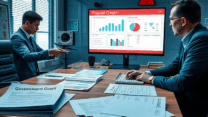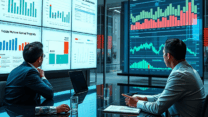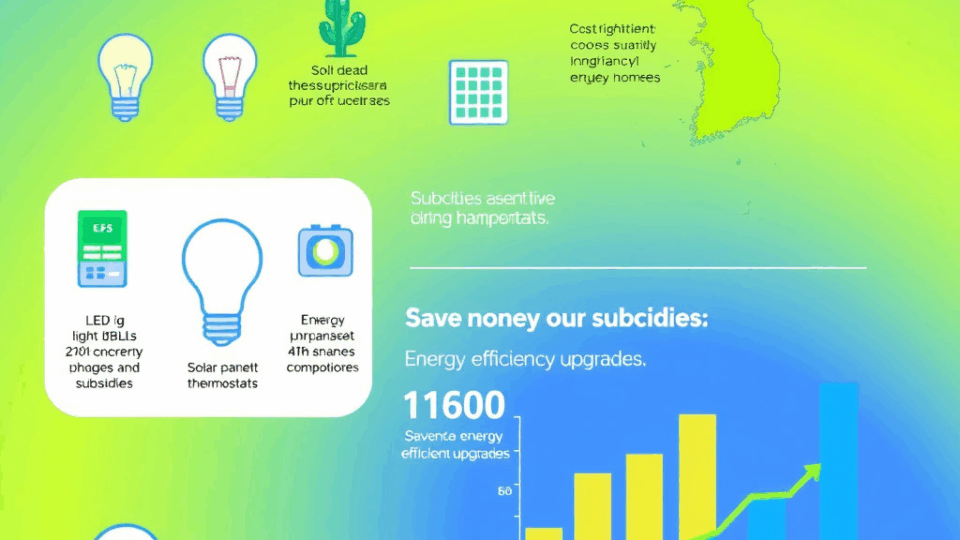
Energy Efficiency in Korea: Save Money & Get Subsidies
Industrial Cost Savings from Efficiency Upgrades
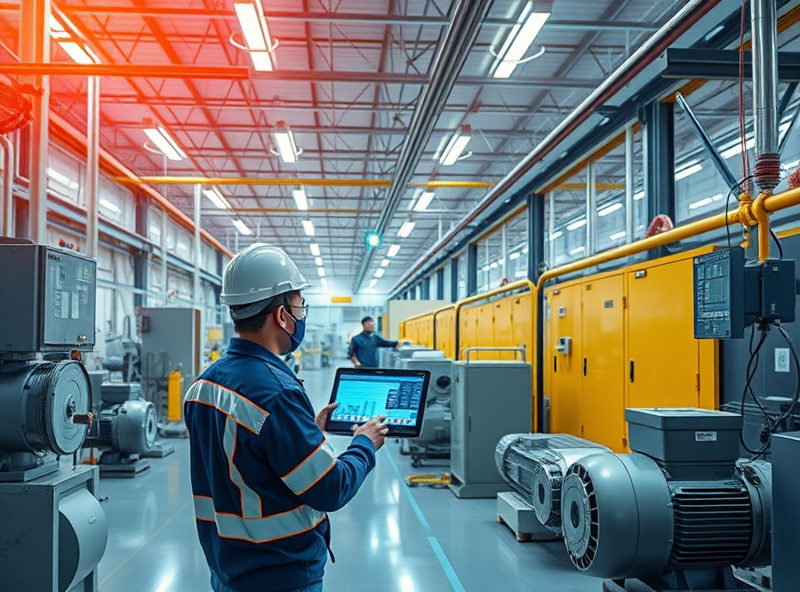
Energy efficiency upgrades are becoming a smart investment for industrial businesses in Korea. With rising energy costs and growing environmental regulations, improving energy performance not only helps reduce carbon emissions but also significantly cuts operational expenses.
One of the most effective ways industries are saving money is by upgrading outdated equipment with high-efficiency alternatives. For example, replacing old motors with high-efficiency models or installing variable frequency drives (VFDs) can reduce electricity consumption by up to 30%. Similarly, upgrading lighting systems to LED and improving insulation in manufacturing facilities can lead to substantial energy savings.
The Korean government supports these initiatives through various subsidy programs. The Korea Energy Agency (KEA) offers financial incentives for companies that implement certified energy-saving technologies. These subsidies can cover a portion of the installation costs, making the initial investment more affordable and improving the return on investment (ROI).
Moreover, energy management systems (EMS) are gaining popularity. These systems monitor and optimize energy use in real-time, helping companies identify inefficiencies and reduce waste. Over time, these insights lead to smarter energy use and further cost reductions.
For more information on government subsidies and support programs, you can visit the Korea Energy Agency’s official site: https://www.energy.or.kr/web/kem_home_new/eng/index.do
By taking advantage of these upgrades and support systems, industrial businesses in Korea can enhance their competitiveness, reduce environmental impact, and achieve long-term financial savings.
Building Energy Efficiency: Lower Bills, Smarter Homes
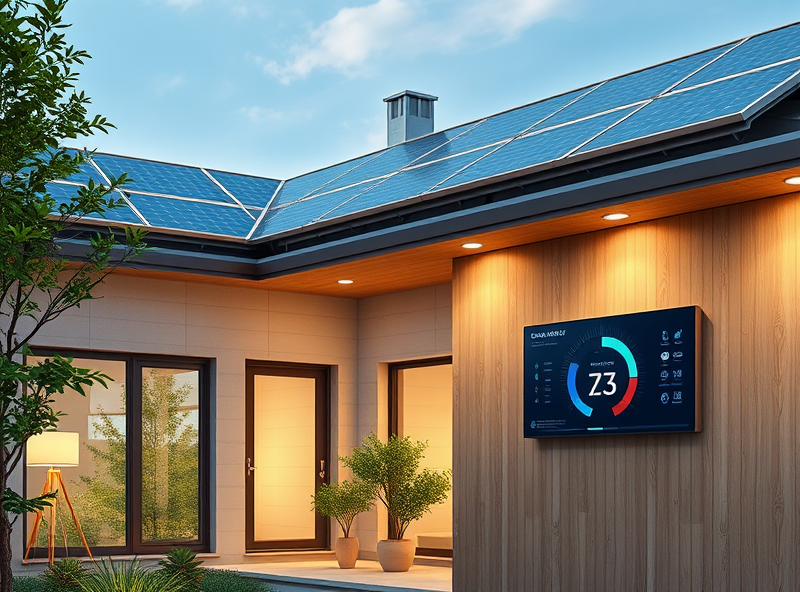
Improving energy efficiency in buildings is one of the smartest ways to reduce utility bills and create a more comfortable, eco-friendly living space. In Korea, where energy prices have steadily increased, energy-efficient homes are not just a trend—they’re a necessity.
By upgrading insulation, installing high-efficiency windows, and using smart thermostats, homeowners can significantly cut down on heating and cooling costs. According to the Korea Energy Agency, energy-efficient buildings can reduce energy consumption by up to 30%. This translates into substantial savings over time.
Additionally, the Korean government offers various subsidies and incentives for energy-efficient home improvements. Programs like the Green Remodeling Support Project (그린리모델링 지원사업) provide financial assistance for upgrading insulation, windows, and HVAC systems. These initiatives not only help reduce upfront costs but also encourage long-term sustainability.
Smart home technologies also play a key role. Devices like smart meters and automated lighting systems help monitor and control energy usage in real-time, making homes more responsive and efficient.
For more information on available subsidies and programs, you can visit the official Korea Energy Agency website: https://www.energy.or.kr/web/kem_home_new/energy_info/subsidy_info
By investing in energy efficiency today, you’re not only saving money but also contributing to a greener future.
How to Apply for Korean Energy Subsidies
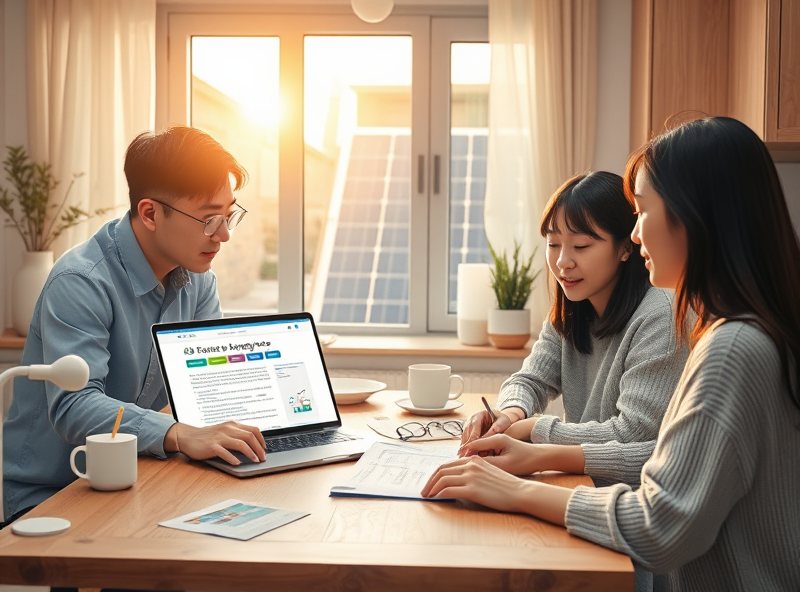
If you’re living in Korea and looking to reduce your energy bills while making your home or business more eco-friendly, applying for energy subsidies is a smart move. The Korean government offers a variety of subsidies and incentives to encourage energy efficiency, especially in areas like solar panel installation, energy-efficient appliances, and building insulation upgrades.
To get started, first determine which subsidy program fits your needs. The Korea Energy Agency (KEA) is the main body managing these programs. Visit their official website (https://www.energy.or.kr) to explore current subsidy offerings, eligibility criteria, and application deadlines.
Generally, the application process involves:
1. Selecting a certified product or service provider.
2. Gathering necessary documents (such as ID, proof of residence, and installation quotes).
3. Submitting an online or in-person application through the KEA or your local government office.
4. Waiting for approval and completing the installation or upgrade.
5. Receiving reimbursement or direct financial support after verification.
For homeowners, subsidies can cover up to 50% of the cost of installing solar panels or energy-efficient windows. For small businesses, energy audits and system upgrades may be partially or fully funded depending on the program.
Remember, these programs are often first-come, first-served and subject to annual budgets, so applying early in the year increases your chances of approval. Also, keep an eye on local government websites, as many municipalities offer additional support on top of national subsidies.
By taking advantage of these subsidies, you not only save money but also contribute to Korea’s broader goals of reducing carbon emissions and promoting sustainable living.
Analyzing ROI: When Energy Investments Pay Off
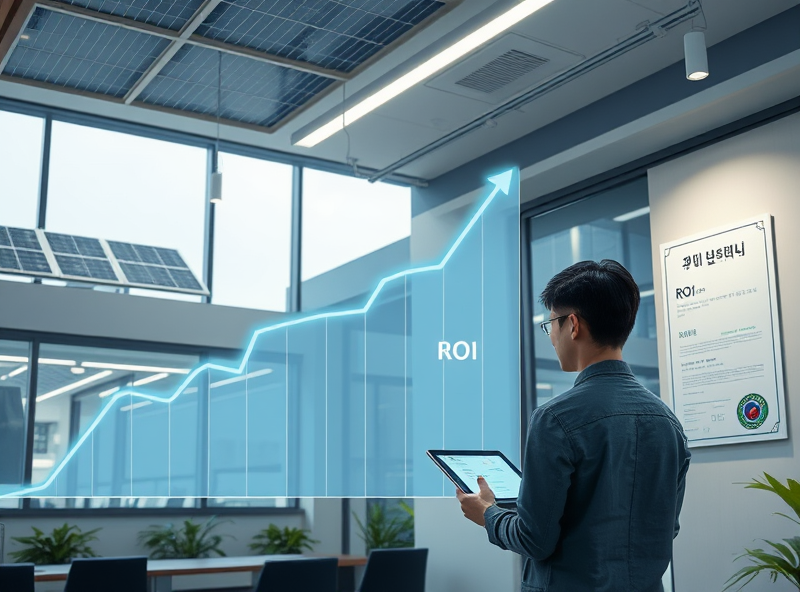
Investing in energy efficiency in Korea is not just about being eco-friendly—it’s also a smart financial decision. With rising energy costs and generous government subsidies, businesses and homeowners alike are increasingly turning to energy-saving upgrades. But how do you know if your investment will actually pay off? That’s where ROI (Return on Investment) analysis comes in.
ROI measures how much return you get from your energy investment compared to its cost. For example, if you install LED lighting or upgrade your HVAC system, you’ll save on electricity bills every month. Over time, these savings can exceed the initial cost of the upgrade. In Korea, the government offers subsidies and tax incentives for energy-efficient appliances, solar panels, and building insulation, which significantly reduce upfront costs and shorten the payback period.
To analyze ROI effectively, consider these key factors:
1. Initial Cost: How much does the upgrade cost, including installation?
2. Energy Savings: How much will you save monthly or annually on energy bills?
3. Lifespan: How long will the equipment last and continue to generate savings?
4. Subsidies: What government incentives are available to reduce your investment?
For example, the Korea Energy Agency (KEA) provides detailed guidelines and subsidy programs for both residential and industrial sectors. You can explore their resources here: https://www.energy.or.kr/web/kem_home_new/energy_info/subsidy.asp
By carefully evaluating these factors, you can make informed decisions that not only reduce your carbon footprint but also improve your bottom line. Whether you’re a homeowner or a business owner, energy efficiency is a long-term investment that pays off.



